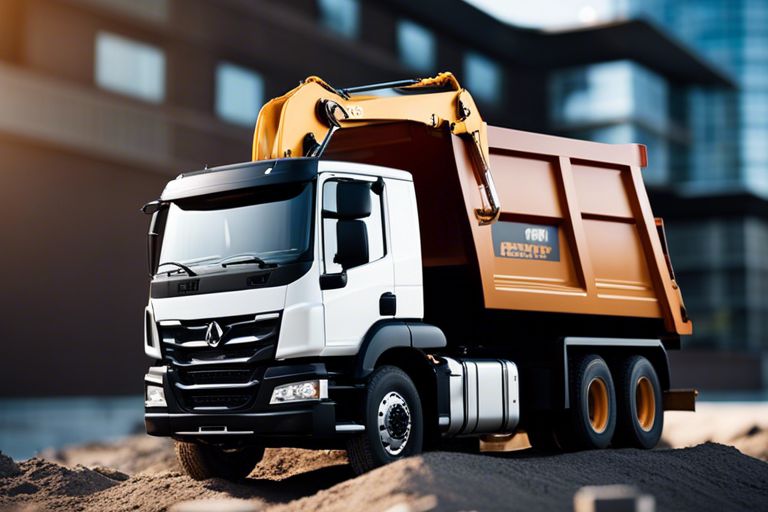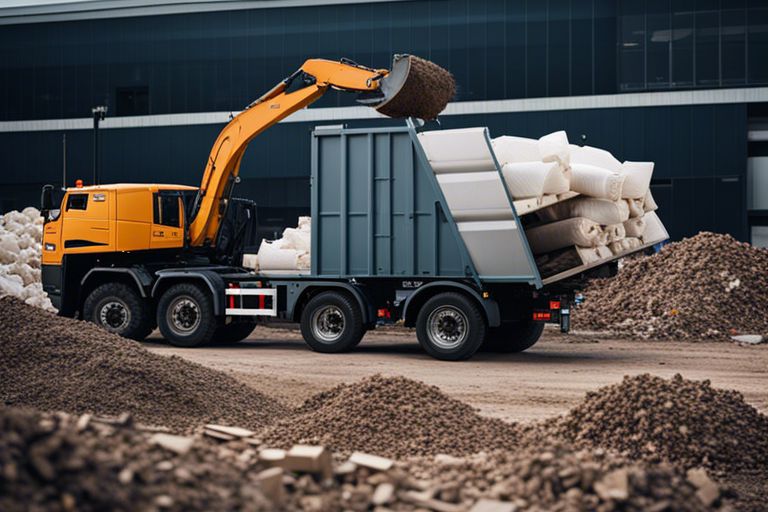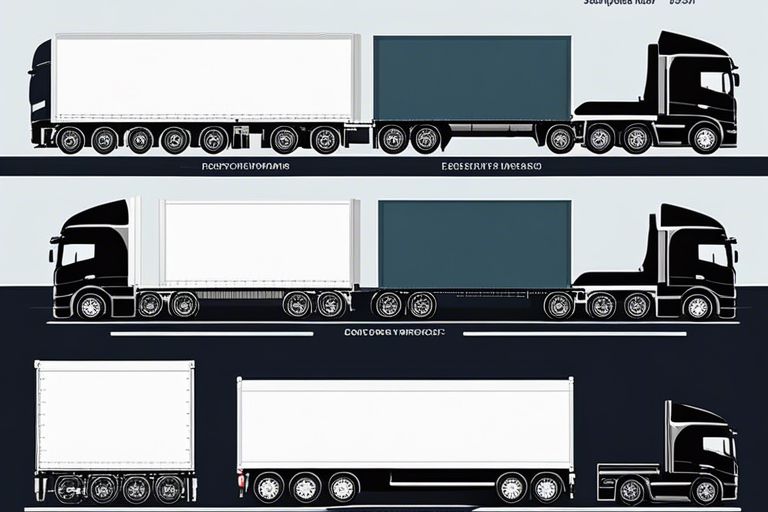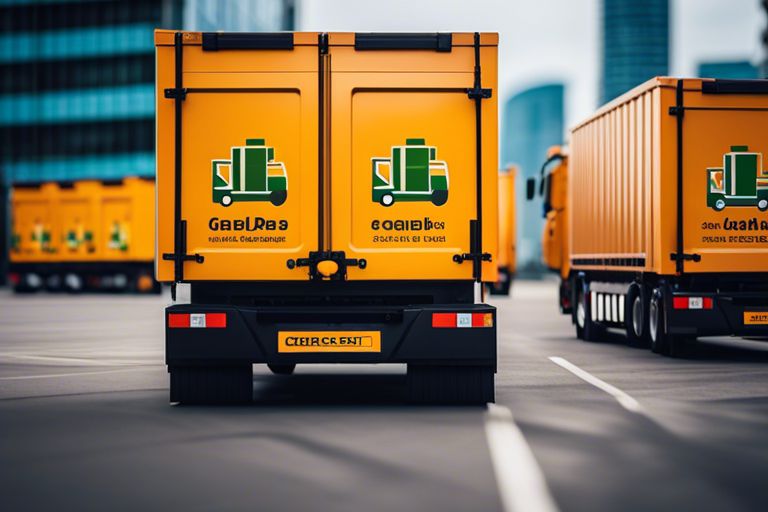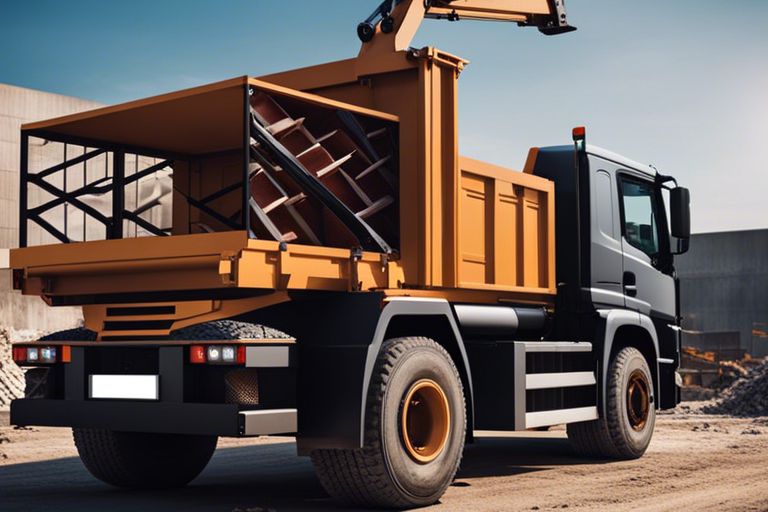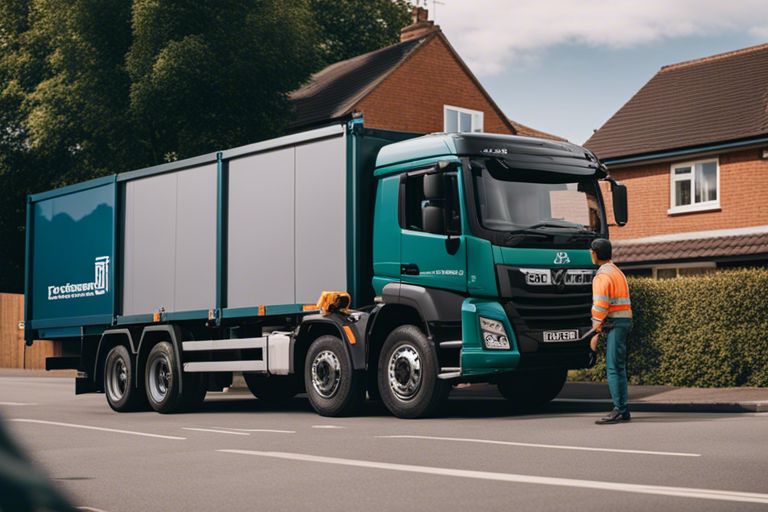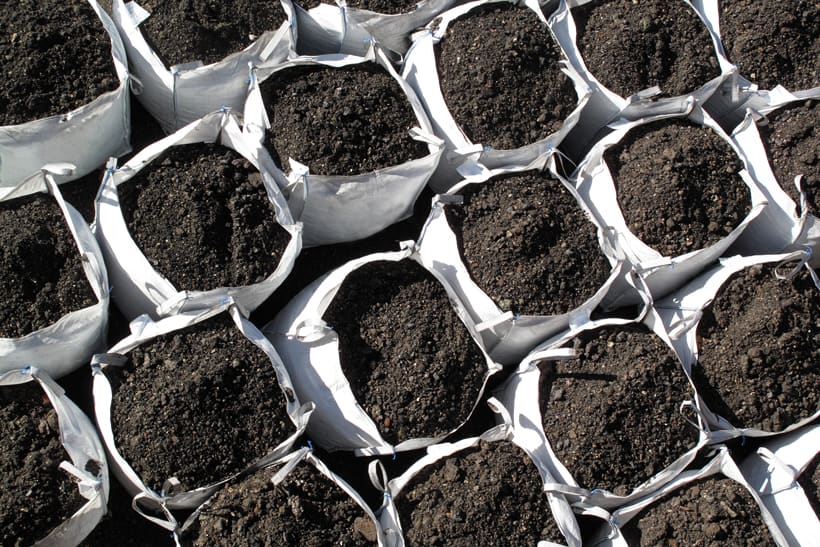Are you facing a dilemma in choosing between grab hire and skip hire for your waste removal project? It’s crucial to understand the differences between these two options and how they can impact the efficiency and safety of your waste removal. You need to consider factors such as the type and volume of waste, accessibility of the site, and your budget constraints. This informative blog post will provide you with a comprehensive comparison of grab hire and skip hire, helping you make an informed decision that best suits your waste removal needs.
Key Takeaways:
- Cost efficiency: When it comes to removing large quantities of waste, grab hire may be more cost-effective than skip hire due to its ability to quickly load waste and transport it to a disposal site.
- Accessibility: For sites with limited access or restricted space, grab hire can be a convenient option as it eliminates the need for a skip to be placed on the premises for an extended period of time.
- Waste types: Consider the type of waste that needs to be removed – if there are heavy or bulky materials such as soil, concrete, or construction debris, grab hire may be more suitable compared to skip hire which is better for general mixed waste.
Understanding Grab Hire
When it comes to waste removal, it’s essential to understand the different options available to you. If you’re considering grab hire as a potential solution, it’s crucial to weigh the benefits and limitations before making a decision. You can find a detailed comparison between grab hire and skip hire in this informative article.
What is Grab Hire?
Grab hire involves using a large vehicle equipped with a hydraulic arm and grab bucket to pick up and remove waste. This method is often chosen for its convenience, especially when dealing with heavy or bulky materials. The grab arm can reach over obstacles such as fences and walls, making it suitable for various types of waste removal projects.
Advantages of Grab Hire
One of the biggest advantages of grab hire is its convenience. The hydraulic arm can pick up waste from difficult-to-reach areas, saving you time and effort. Additionally, grab hire eliminates the need for manual loading, reducing the risk of injuries from heavy lifting. It’s also a cost-effective option for large quantities of waste, as it can typically handle more significant loads than traditional skip hire.
Limitations of Grab Hire
Despite its convenience, grab hire may not be suitable for all types of waste. Certain materials, such as hazardous waste or liquids, may not be accepted for grab hire due to restrictions on transportation and disposal. Additionally, the reach of the grab arm is limited, so it may not be suitable for waste located in narrow or confined spaces.
Ideal Scenarios for Grab Hire Use
Grab hire is an ideal solution for projects involving substantial amounts of waste, especially when the waste is spread out or located in hard-to-reach areas. This method is commonly used in construction and landscaping projects, where large volumes of soil, rubble, and other materials need to be removed swiftly and efficiently. If you’re dealing with heavy or bulky waste that is challenging to access, grab hire may be the right choice for your waste removal needs.

Exploring Skip Hire
When it comes to waste removal, skip hire is a popular option. It involves having a large metal container delivered to your location, which you can then fill with your waste before it is collected and taken away for disposal. But is skip hire the right choice for your waste removal needs? Let’s take a closer look at the ins and outs of skip hire to help you make an informed decision.
What is Skip Hire?
With skip hire, you have a skip delivered to your location, and you can fill it with various types of waste, including household, garden, and construction waste. Once the skip is full, it is collected and the waste is disposed of at a licensed facility. Skip sizes can vary, from small mini skips to larger builder’s skips, providing you with options depending on the amount of waste you need to dispose of.
Advantages of Skip Hire
The main advantage of skip hire is the convenience it offers. Having a skip on-site means you can dispose of your waste as and when you need to, without having to make multiple trips to a disposal facility. It also eliminates the need for storing waste on your property, reducing safety hazards and potential legal issues.
Limitations of Skip Hire
One limitation of skip hire is that you need to have enough space on your property for the skip to be placed. Additionally, if you are unable to place the skip on private property, you may require a permit from the local council to place it on a public road. Skip hire can also be limiting if you have a large amount of mixed waste, as certain items may not be permitted in the skip.
Ideal Scenarios for Skip Hire Use
Skip hire is ideal for projects that will produce a large amount of waste over a period of time, such as home renovations, garden clearances, or construction projects. It is also suitable for businesses that regularly produce waste and need a convenient disposal solution.

Comparative Analysis of Grab Hire and Skip Hire
When it comes to waste removal, it’s essential to consider the best method for your specific needs. To help you make an informed decision, let’s compare grab hire and skip hire to determine which option is right for you. For a more in-depth analysis, you can also check out this article on Grab Hire Vs Skip Hire.
| Factors | Grab Hire |
| Cost Implications | Skip Hire |
| Convenience and Flexibility | Grab Hire |
| Environmental Considerations | Both |
| Space and Access Requirements | Grab Hire |
Cost Implications
When it comes to cost implications, skip hire may appear to be the more affordable option at first glance. However, with grab hire, you have the advantage of only paying for the amount of waste removed, making it a more cost-effective choice in the long run.
Convenience and Flexibility
Choosing grab hire provides you with the convenience of having the waste collected without the need for a skip permit. Additionally, the flexibility to pick up waste from awkward locations makes it a practical choice for various projects.
Environmental Considerations
Both grab hire and skip hire have their environmental benefits. With grab hire, the waste is directly taken to a recycling facility, reducing the carbon footprint. Skip hire, on the other hand, allows for separation of waste at the source, promoting recycling efforts.
Space and Access Requirements
When considering space and access requirements, grab hire is the preferred option as it eliminates the need for a skip to be placed on your property, saving space and avoiding potential access issues.
Making the Right Choice
When it comes to choosing between grab hire and skip hire for your waste removal needs, there are several factors to consider. To help you make an informed decision, it’s crucial to assess your specific requirements, understand the regulatory and permitting aspects, and consider the duration of your project. For a detailed comparison of skip hire and grab hire, you can read this comprehensive guide on Skip Hire vs. Grab Hire: Which One Is Best?
Assessing Your Waste Removal Needs
Before deciding between grab hire and skip hire, it’s essential to assess the amount and type of waste you need to dispose of. If you have bulky or heavy waste materials such as soil, concrete, or construction debris, grab hire may be the best option for you. On the other hand, if you have a large volume of lighter waste, such as household or office rubbish, skip hire could be more suitable for your needs. Consider the size and weight of your waste to determine the most appropriate method of removal.
Regulatory and Permitting Aspects
When it comes to waste removal, complying with regulations and obtaining the necessary permits is crucial. With skip hire, the skip will be placed on your property or on the roadside, potentially requiring a permit from the local council. On the other hand, grab hire vehicles can load waste from a distance, eliminating the need for a permit in some cases. Ensure you familiarise yourself with the regulations in your area and obtain any required permits before making your decision.
Long-Term vs. Short-Term Projects
Consider the duration of your project when choosing between grab hire and skip hire. If you require ongoing waste removal for a long-term construction or landscaping project, grab hire may be the most convenient option. However, for shorter-term projects or one-off waste disposal needs, skip hire could be the more cost-effective choice. Evaluate the timeline of your project to determine the most suitable waste removal solution.
By carefully assessing your waste removal needs, understanding the regulatory and permitting aspects, and considering the duration of your project, you can make an informed decision between grab hire and skip hire. Keep in mind the most important, dangerous, and positive details when weighing your options, and choose the method that best meets your specific requirements.

Grab Hire vs. Skip Hire – Which Is Right for Your Waste Removal Needs?
From above information, you can see that both grab hire and skip hire have their own strengths and weaknesses. The decision ultimately comes down to the specific needs of your waste removal project. If you need a quick and easy way to dispose of large or heavy waste materials, grab hire may be the best option for you. On the other hand, if you have a steady stream of waste and want to keep it contained in one place, skip hire might be the better choice. Consider the factors discussed and assess the nature and volume of your waste before making a decision. By doing so, you can ensure that your waste removal needs are met efficiently and effectively.
FAQ
Q: What is Grab Hire and Skip Hire?
A: Grab hire involves using a hydraulic arm to load waste onto a truck, while skip hire involves renting a large container for waste removal.
Q: What are the benefits of Grab Hire?
A: Grab hire is suitable for handling various types of waste, can access hard-to-reach areas, and can be more cost-effective for larger quantities of waste.
Q: What are the benefits of Skip Hire?
A: Skip hire is convenient for ongoing projects, allows for waste segregation, and is a suitable option for construction sites and renovation projects.
Q: Which option is more environmentally friendly?
A: Both options can be environmentally friendly if the waste is disposed of properly, but skip hire allows for better waste segregation, which can lead to more effective recycling.
Q: What factors should I consider when choosing between Grab Hire and Skip Hire?
A: Consider the type and quantity of waste, access to your site, duration of your project, and your budget when choosing between the two options.
Q: How do I decide which option is right for me?
A: Assess your specific waste removal needs, consider the benefits of each option, and consult with a waste removal company to determine the best solution for your project.
Q: What regulations and permits are required for Grab Hire and Skip Hire?
A: Depending on your location and the nature of your project, you may need to obtain permits for placing skips on public roads or for operating grab hire vehicles. It is important to check local regulations and obtain necessary permits before hiring either service.

